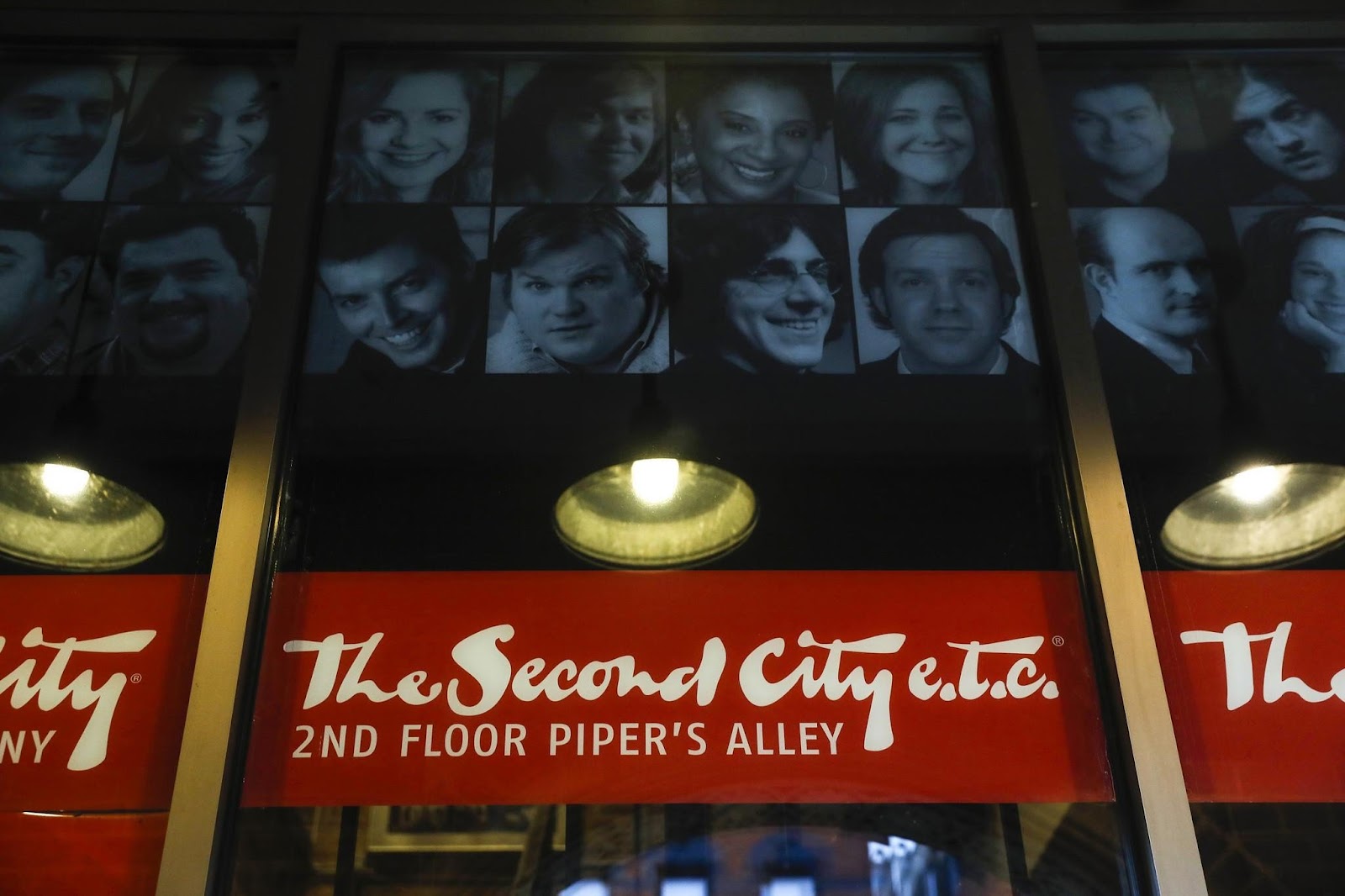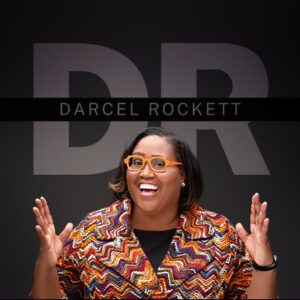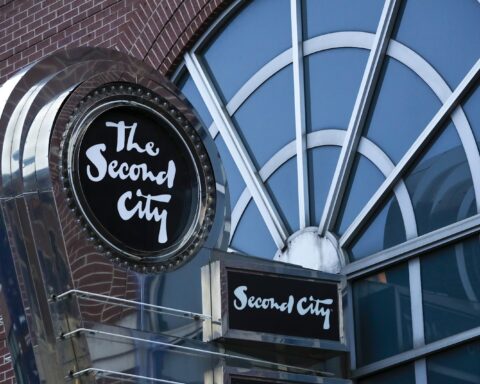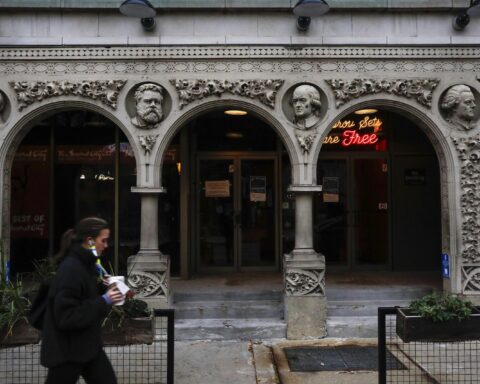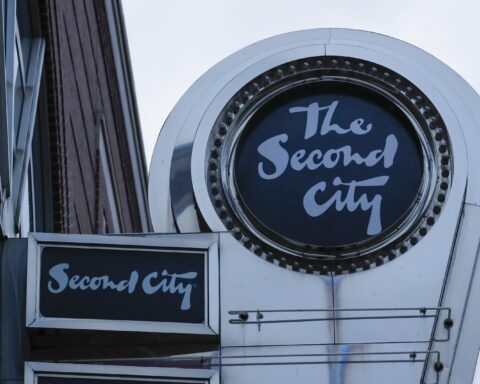Once called the Harvard of comedy, Second City is at a crossroads. The company’s ownership and leadership teams are in flux after allegations of institutional racism went viral on social media, and the remaining decision makers vowed to review everything from human resources protocol to material used in shows and artwork on their walls — even as the coronavirus pandemic has reduced resources.
The Chicago Tribune caught up with the organization, interviewed the company’s current leaders, reviewed their diversity promises and talked to alumni about their experiences.
The company’s ownership and leadership teams are in flux after allegations of institutional racism went viral on social media. The remaining decision makers vowed to review everything from human resources protocol to material used in shows and artwork on their walls — even as the coronavirus pandemic has reduced resources and theater alumni question if these steps will bring actual change.
Second City has only changed hands a few times in its 60-year history, and a proposed sale will leave the comedy institution without its “savior.”
Andrew Alexander announced in June he is divesting from the company he has co-owned since 1985, amid fallout from the racism allegations brought against Second City. Once called the “white knight of Second City” by actor Dan Aykroyd and “the savior of so many of us” by comedian Martin Short, Alexander has been a Second City pioneer since he took charge of the Toronto outpost in 1974.
Here’s a look at some of the diversity and equity objectives Second City announced over the summer and how the Chicago-based comedy company says it is executing these plans.
We reached out to more than 100 Second City Chicago alumni of color and asked them to reflect on their Second City experience. The following responses represent a portion of the interviews we conducted.
